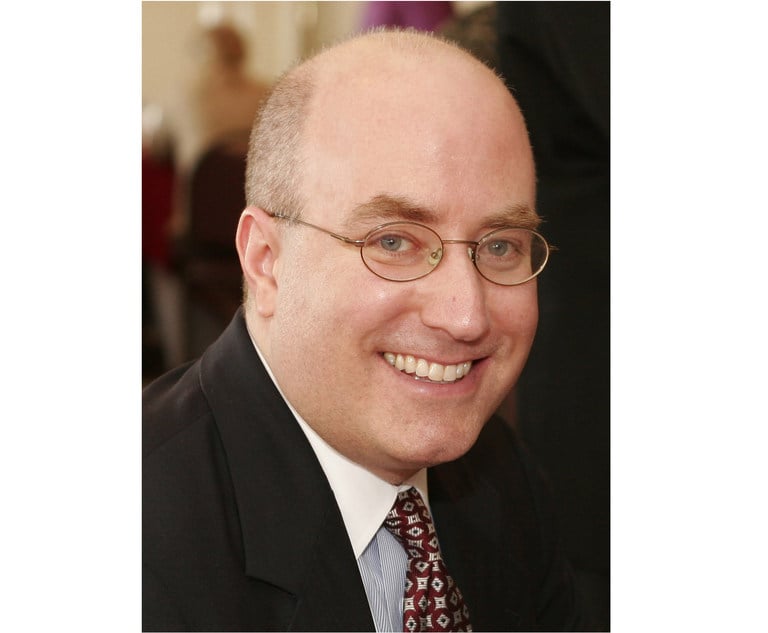Recently, the U.S. Supreme Court’s so-called “shadow docket” has begun to attract unprecedented attention from the news media, the U.S. Senate and the general public. A series of emergency docket orders involving COVID-19 restrictions on religious worship gatherings and, most recently, the U.S. Supreme Court’s rejection of efforts to enjoin a Texas ban on abortions after six weeks have brought this issue to the forefront of attention.
The term shadow docket, coined by University of Chicago law professor William Baude, was intended to be descriptive rather than pejorative. The sort of Supreme Court case with which more people are familiar is one that has been granted review on the merits and decided following full merits briefing and oral argument. The shadow docket, by contrast, typically involves emergency requests for stays of lower court rulings, although it also encompasses the process through which the Supreme Court decides whether to hear a case on the merits.
This content has been archived. It is available through our partners, LexisNexis® and Bloomberg Law.
To view this content, please continue to their sites.
Not a Lexis Subscriber?
Subscribe Now
Not a Bloomberg Law Subscriber?
Subscribe Now
LexisNexis® and Bloomberg Law are third party online distributors of the broad collection of current and archived versions of ALM's legal news publications. LexisNexis® and Bloomberg Law customers are able to access and use ALM's content, including content from the National Law Journal, The American Lawyer, Legaltech News, The New York Law Journal, and Corporate Counsel, as well as other sources of legal information.
For questions call 1-877-256-2472 or contact us at [email protected]


 Attorney Howard Bashman.
Attorney Howard Bashman.




